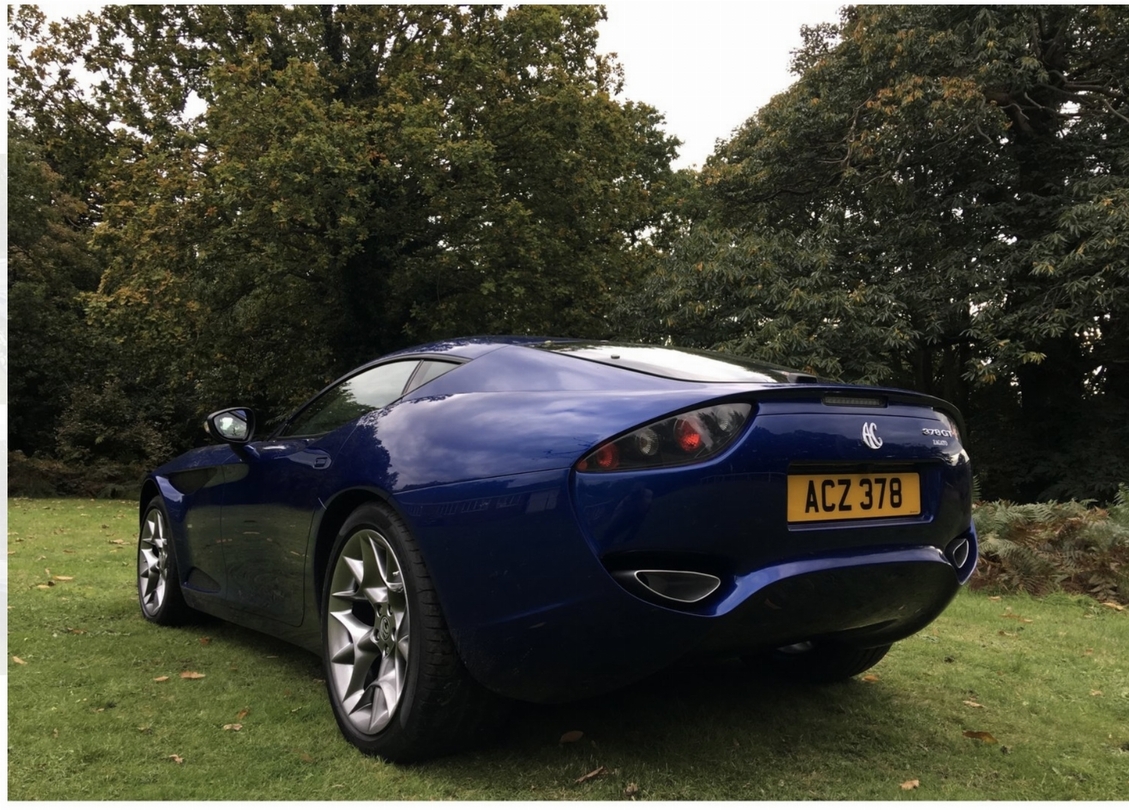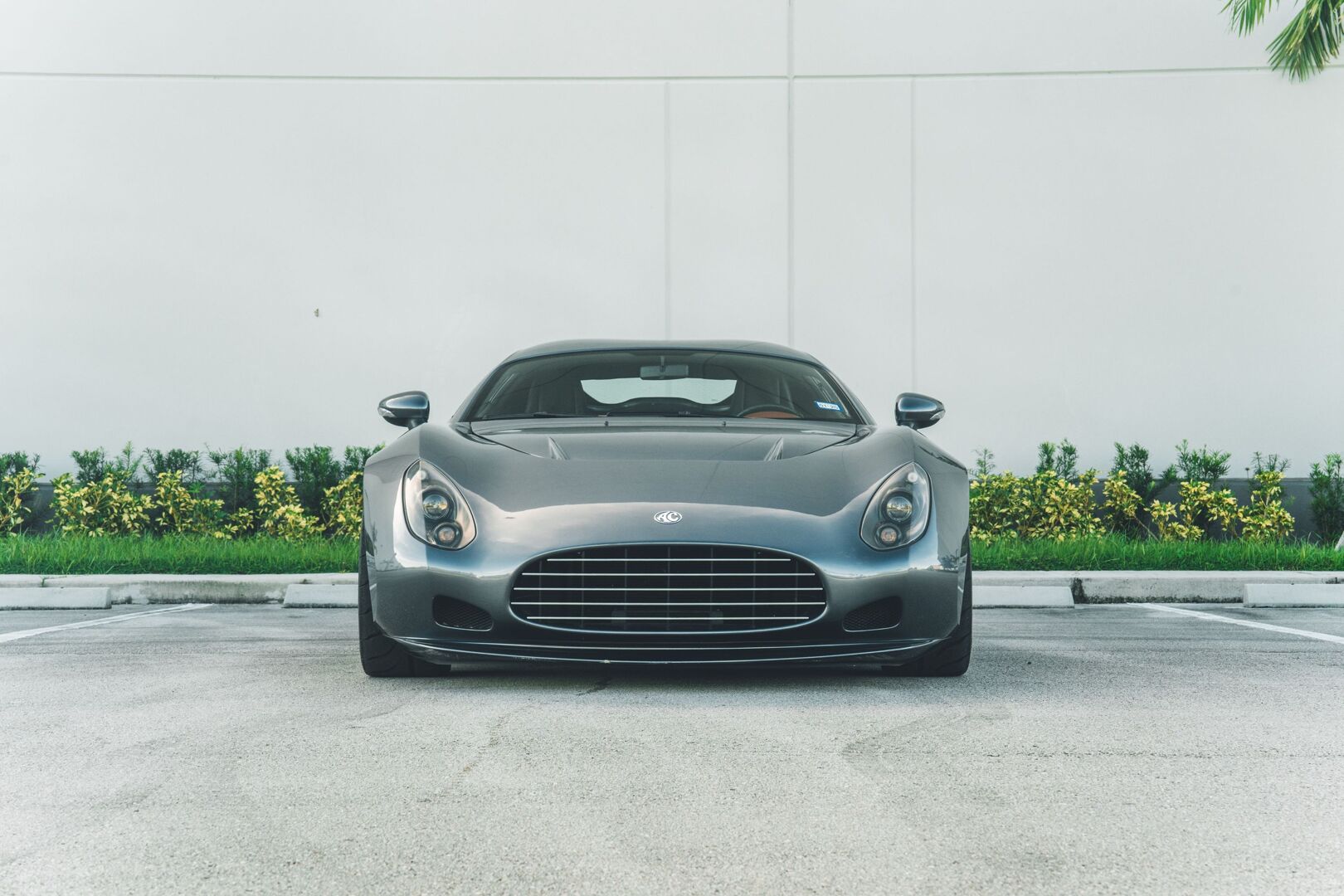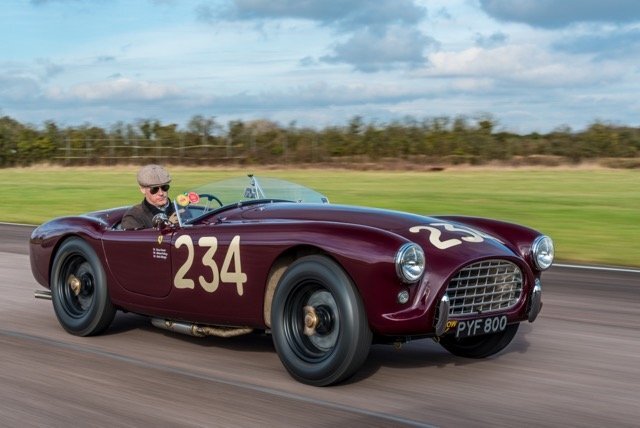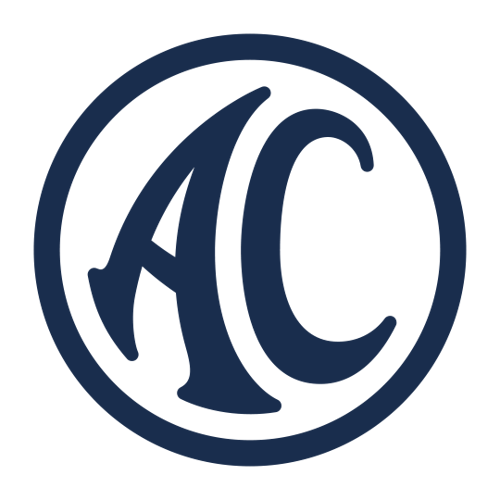AC

Castle Donington, England, United Kingdom
About
One of Britain’s oldest active car manufacturers, the history of AC dates back to 1901, when the Weller brothers founded their engineering and repair business in West Norwood, London. A year later, butcher John Portwine joined as a shareholder, providing the company with enough capital to create their own car, the 20 hp Weller Touring Car, which was displayed at the 1903 Crystal Palace Automobile Show.
Portwine was convinced that the car would be too expensive to build, and that Weller should focus on the lower end of the market. This birthed the Autocarrier, an economical, three-wheeler that was immediately popular with Britain’s stores and businesses. The company was renamed Autocar and Accessories Ltd, and they followed this success with a passenger version, the AC Sociable.
The company then became Autocarriers Ltd and moved to a larger premises in Thames Ditton, Surrey. There, they produced their first four-wheeler, the 10 hp AC Light Car, before the First World War changed the company’s focus. Following the end of the conflict, AC resumed car manufacturing, and, in 1921, noted racing enthusiast Selwyn Edge joined the company. In typical fashion, he saw the publicity gained from motor racing and began entering ACs into the world’s races and rallies.
In 1922, the name changed once again to the familiar AC Cars Ltd. and that decade saw AC filling its trophy cabinet with victories at the Brighton Speed Trials and Monte Carlo Rally. Edge purchased the company outright in 1927 and renamed it AC (Acedes) Ltd., only for it to be caught in the Great Depression and liquidated.
William and Charles Hurlock, owners of a successful haulage company, bought AC for its factory and profitable service department. After a car was built for William using off-the-shelf parts, they saw potential for AC to produce bespoke sporting cars, of which limited numbers were finished until conflict broke out once again. AC survived thanks to diversification and, although their post-war 2-Litre model sold well, the Ace that replaced it put AC on the map.
Using a design from John Tojeiro, the Ace was a revolution, prompting Carroll Shelby to base his famous Cobra on it. This provided AC with stable car production, which was to be short-lived. The Cobra-based 428 luxury car didn’t sell well, and neither did the mid-engined 3000ME. AC remained open for servicing until being acquired by Autokraft (Cobra specialist) owner Brian Angliss.
Using some original tooling, AC produced the Cobra Mk IV at the site of Brooklands in Surrey. The success of these spurred Angliss to consider producing a car of his own, which became the Brooklands Ace. This crippled him financially and, by 1996, AC was bankrupt once again. The company was purchased by South African businessman Alan Lubinsky, who, despite some shortfalls like the Ace 378 GT Zagato, still heads the company today.
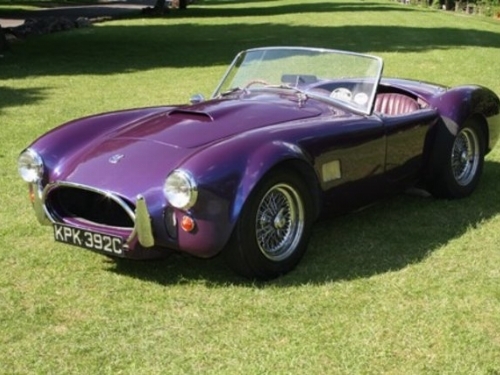

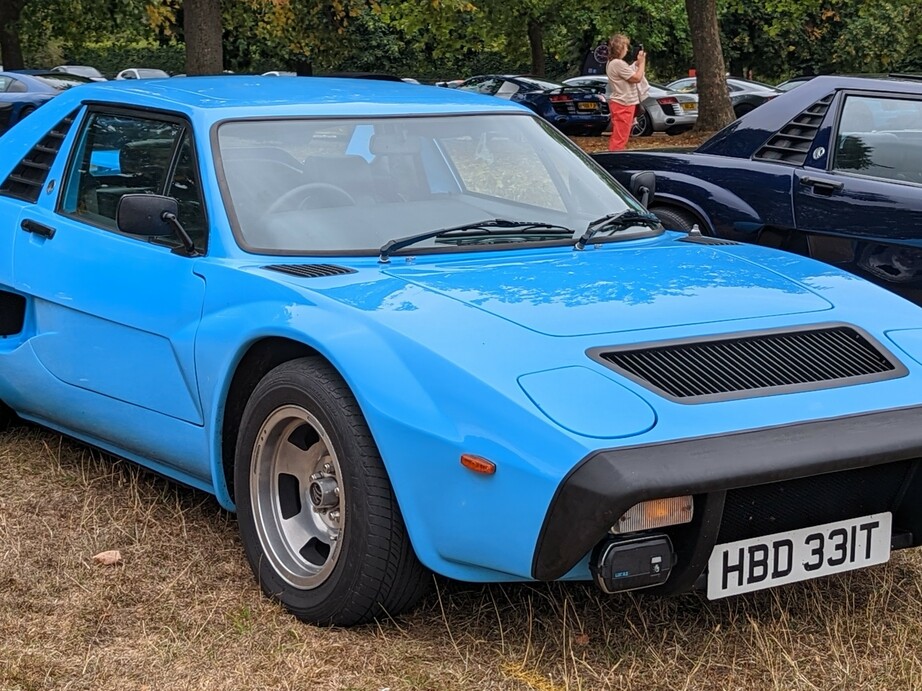

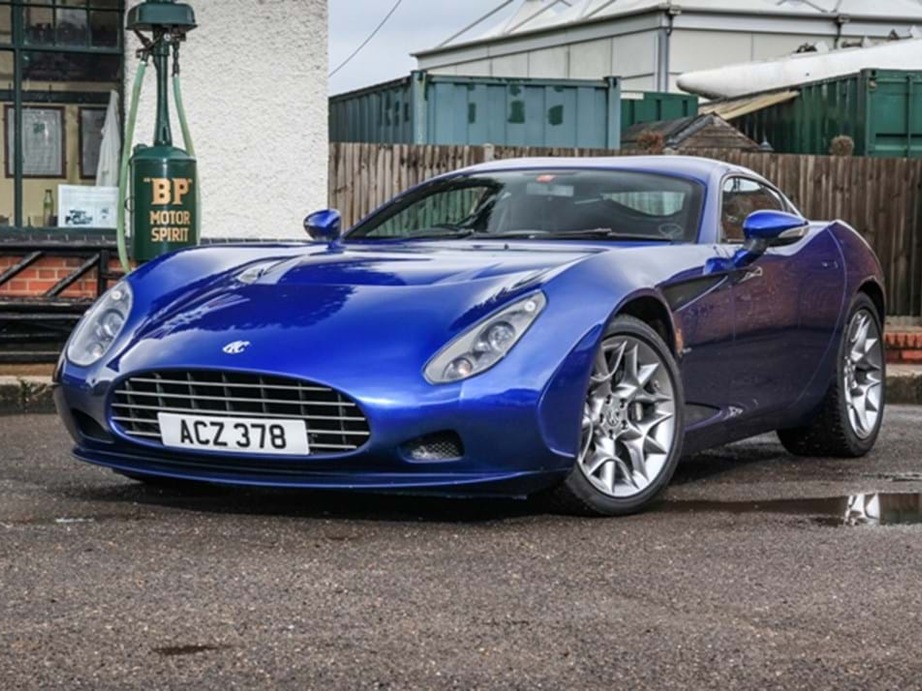

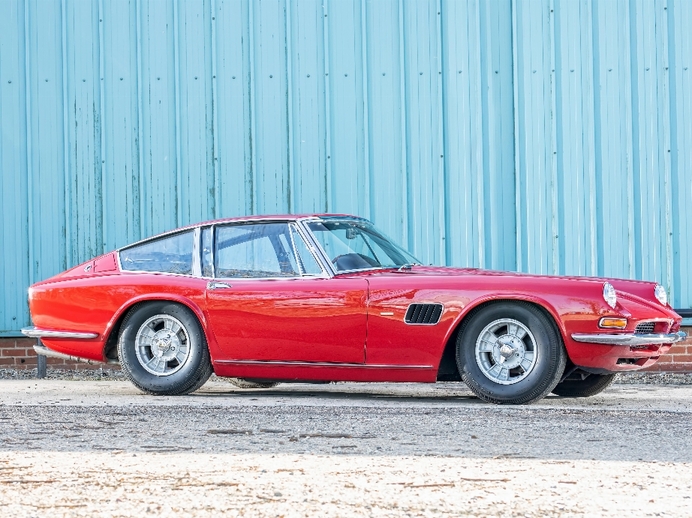

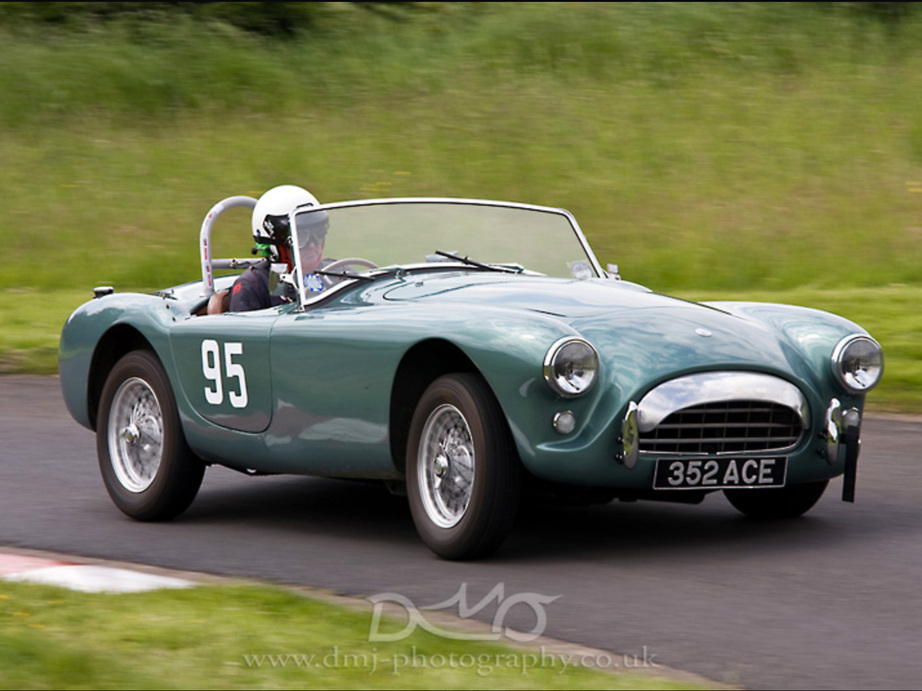

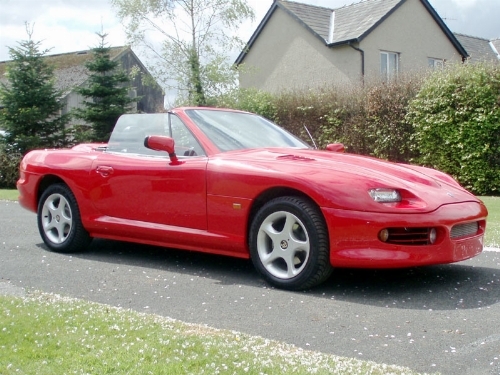

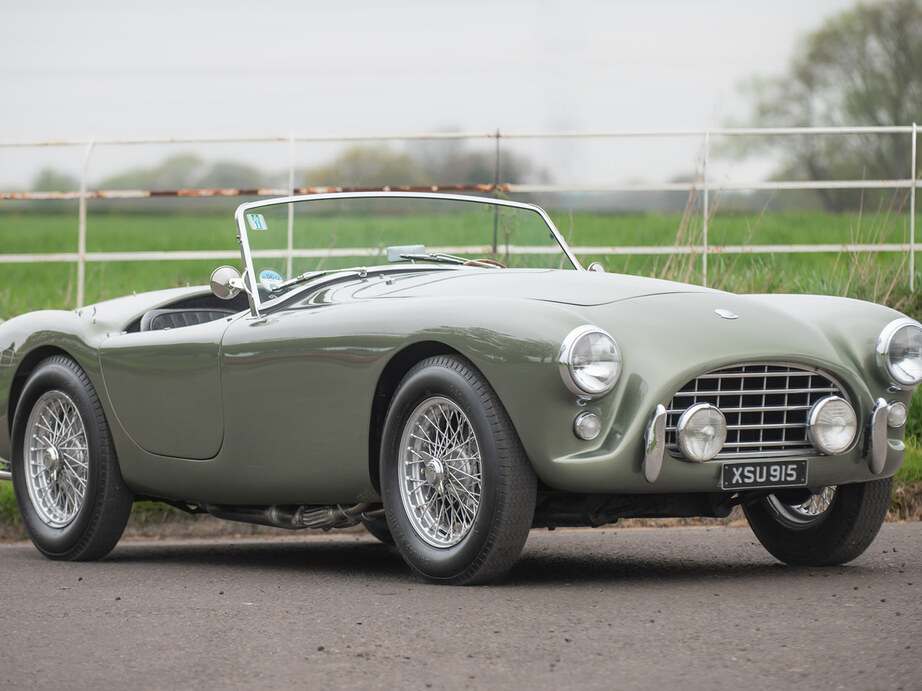

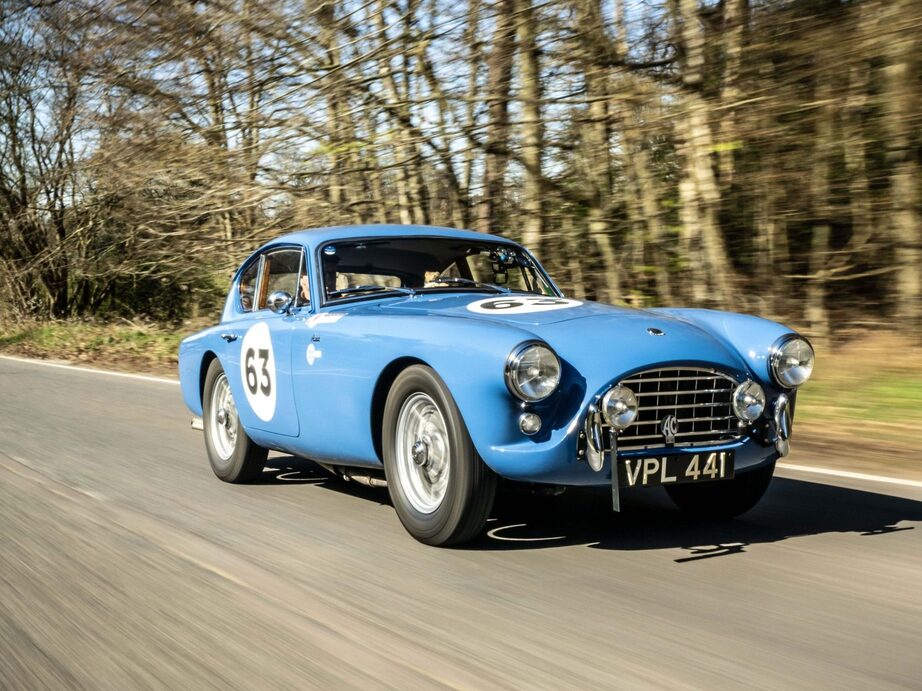

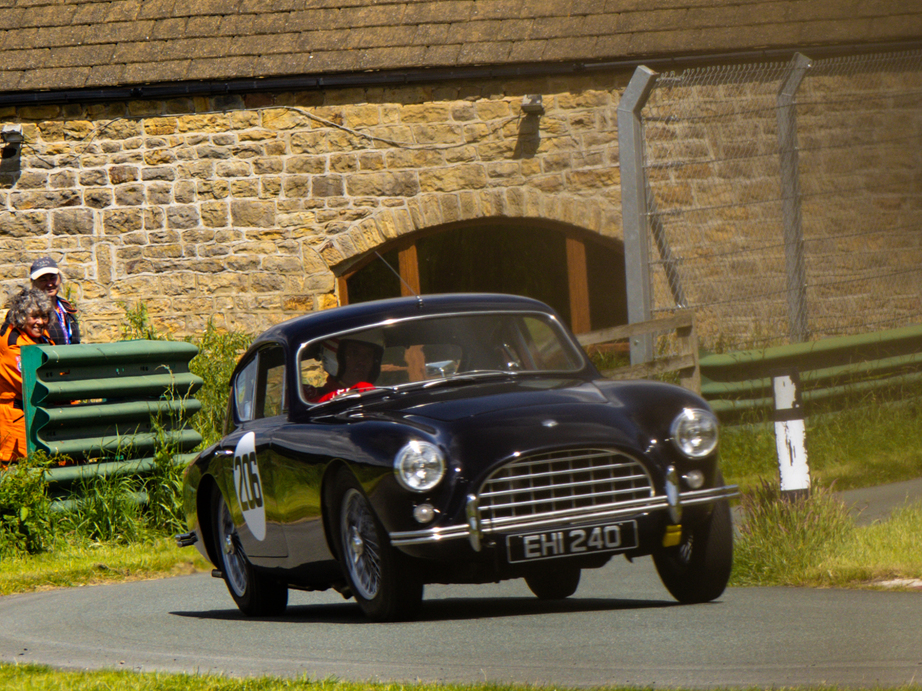

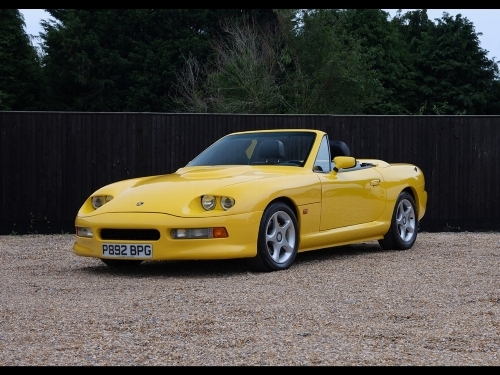

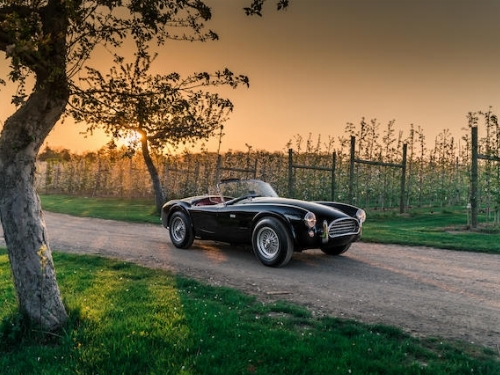

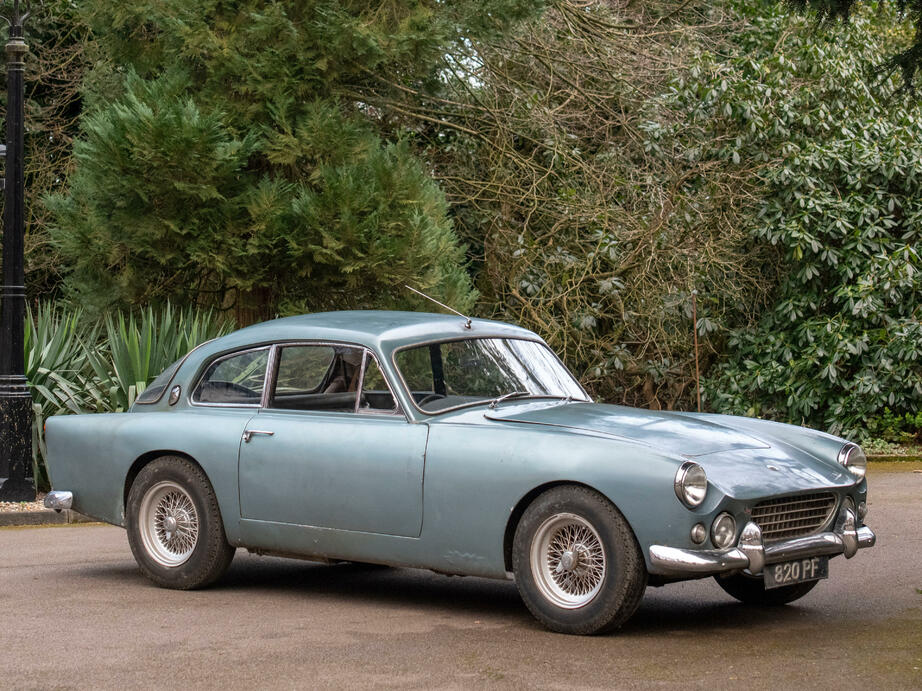



Videos
Empty List
Gallery
No images available.



